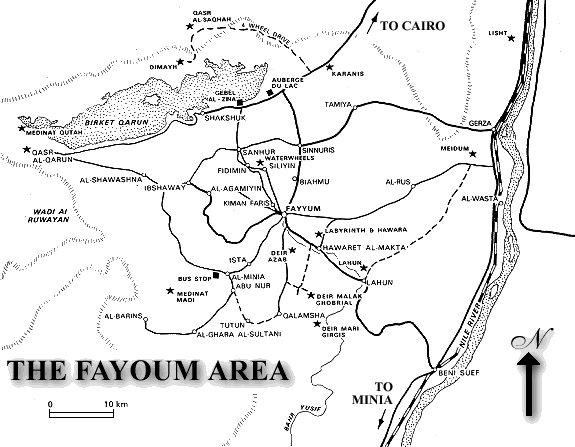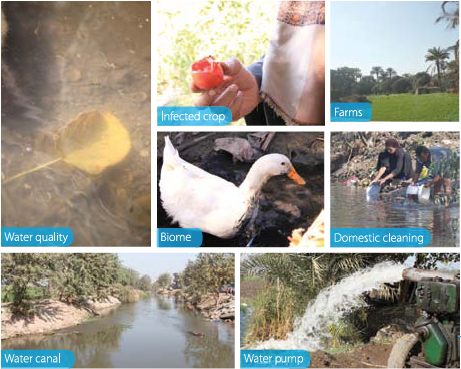During the Biomimicry Student Design Challenge 2012-2013, the Egy-Osmo team developed this project to solve an irrigation problem in Fayoum, aiming to have a sustainable system for irrigation, inspired by bomimcry strategies in design.

This project aims to successfully develop a sustainable system that irrigates a certain farming
area in Egypt, in this case the Fayoum area. In addition, it focuses on the elimination of creating stagnant infected irrigation ponds. The system also aims at helping local farmers control water volumes needed to irrigate their ponds and so reducing water loss and/or contamination, and increasing water efficiency.
area in Egypt, in this case the Fayoum area. In addition, it focuses on the elimination of creating stagnant infected irrigation ponds. The system also aims at helping local farmers control water volumes needed to irrigate their ponds and so reducing water loss and/or contamination, and increasing water efficiency.
Current situation


Target group are suffering from pollution and its consequences on their corps' outcome.
Current irrigation system

Our team used a metaphorical approach in dealing with the emulation phase. The life’s principle of
being resource efficient led us to take the camel’s method of using its scarce water supply efficiently
as our main source of inspiration.
Based on our analysis and understanding of our chosen biological inspirations, we were able to emulate
several features. Our inspirations were chosen based on the relevance of the features we chose in them with what we needed to design.
We needed a method to:
1. Circulate water efficiently
2. Filter the water and keep unwanted elements out
3. Pump the water at a high pressure

From these inspirations we came up with the system.


Relating to animals' living strategies...
Final Design


Our Team
By order from left:
Mona Diab (Media and Video Design)
Reham Mogawer (Product Design)
Nariman Gamal Lotfi (Product Design)
Doa'a Mohamed Refaat (Product Design)
Yara Yassin (Product Design)
Ahmed Hassan (Pharmacy)





